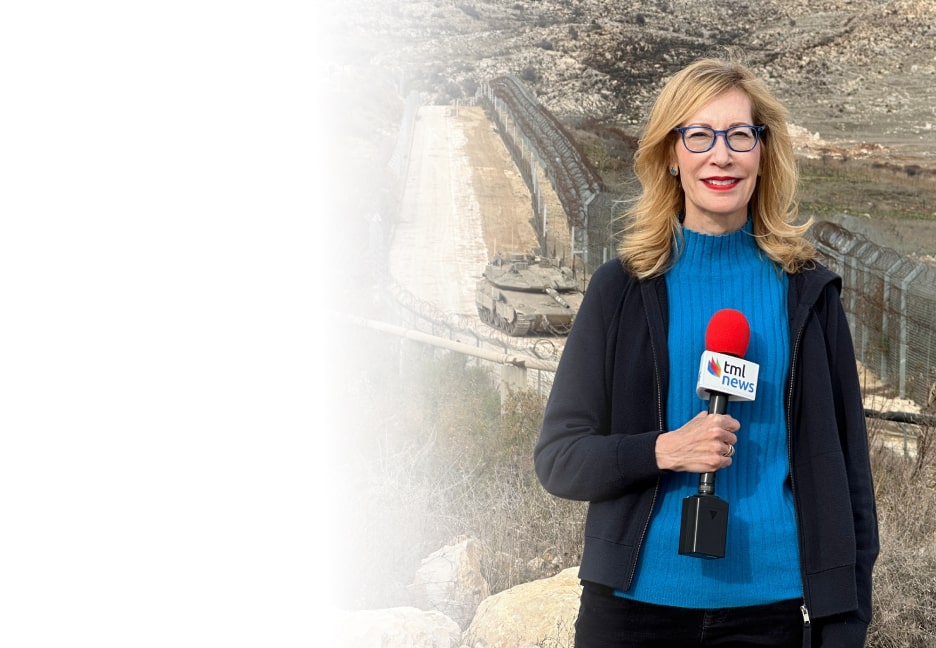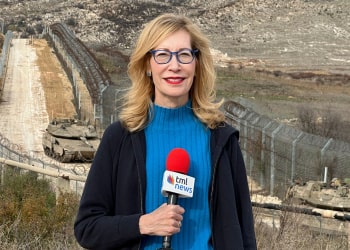The International Atomic Energy Agency reported Monday that Iran’s Fordo nuclear facility likely suffered extensive underground damage from recent US airstrikes, due to the sensitive nature of its centrifuge infrastructure and the powerful explosives used in the attack. IAEA Director General Rafael Mariano Grossi addressed the agency’s Board of Governors during an emergency meeting in Vienna.
Grossi said satellite imagery shows craters at the Fordo site, suggesting the use of bunker-buster bombs. “At this time, no one—including the IAEA—is in a position to have fully assessed the underground damage at Fordo,” he said.
This holiday season, give to:
Truth and understanding
The Media Line's intrepid correspondents are in Israel, Gaza, Lebanon, Syria and Pakistan providing first-person reporting.
They all said they cover it.
We see it.
We report with just one agenda: the truth.


The Fordo enrichment site, which is located deep within a mountain near the city of Qom, was one of three Iranian nuclear facilities targeted in the US military operation. The others were Natanz and Esfahan, both also critical to Iran’s uranium program.
Grossi confirmed that at Natanz, the Fuel Enrichment Plant was struck by ground-penetrating munitions. In Esfahan, he said US cruise missiles hit buildings associated with uranium conversion and appeared to damage tunnel entrances used for storing enriched material.
While the scale of destruction remains under assessment, Grossi said Iran had notified the IAEA that no rise in off-site radiation levels had been detected at any of the three locations.
The strikes were part of Operation Midnight Hammer, a joint US-Israeli effort to cripple Iran’s nuclear infrastructure following weeks of escalating military exchanges.